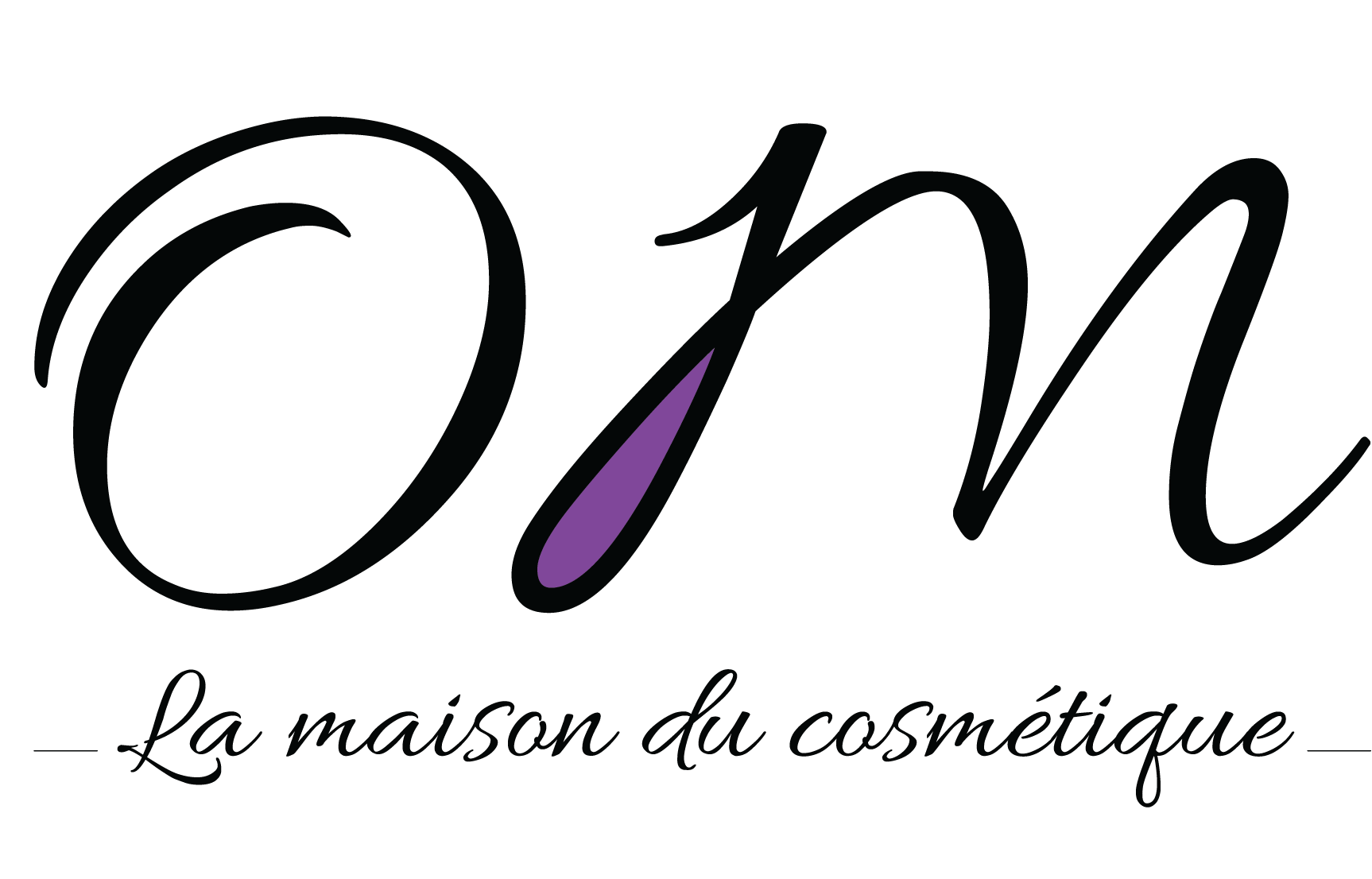Hebrew Wedding Customs
Israeli weddings go far beyond the typical, even though most wedding ceremonies and celebrations involve some sort of ceremony and partying. The bridal festival, which has an amazing amount of history and tradition, is the most significant occasion in the lives of several Jews. I’ve personally witnessed firsthand how much thought and planning goes into making sure the day goes smoothly and that each couple’s unique fashion shines through on their special day as someone who photographs some Jewish marriages.

The ceremony itself takes place under the chuppah ( literally a canopy of marriage, derived from the book of Joel 2: 16 ), which symbolizes a bride coming out of her father’s house to enter her husband’s home as a married woman. The chuppah, which is customarily adorned with a tallit ( the fringed prayer shawl worn during services ), is an exquisite representation of the couple’s newfound intimacy.
The man may be led to see the wedding before the primary festival starts. She will put on a shroud to cover her face; this custom has its roots in the scriptural tale of Joseph and Miriam. It was thought that Jacob was n’t wed her until he saw her face and was certain that she was the one for him to marry.
The groom may consent to the ketubah’s term in front of two testimony after seeing the bride. The groom’s duties to his wedding are outlined in the ketubah, including his responsibility to provide food and clothing. Both Hebrew and English are used to write modern-day ketubot, which are commonly equitable. Some couples also opt to have them j people meet dating calligraphed by a professional or have personalized decorations added to make them even more unique.
The couple will read their commitments in front of the huppah. The bride will then receive her wedding ring from the groom, which should be fully ordinary and free of any markings or stones in the hopes that their union does be straightforward and lovely.
Either the priest or designated family members and friends recite the seven riches known as Sheva B’rachot. These gifts are about love and joy, but they also serve as a reminder to the few that their union did include both joy and sorrow.
The few likely break a cup after the Sheva B’rachot, which is customarily done by the bridegroom. He may be asked to trample on a crystal that is covered in fabric, which symbolizes Jerusalem’s Temple being broken. Some people decide to go all out and use a different sort of object, or even smash the crystal together with their hands.
The pair likely like a celebratory bridal dinner with songs, dance, and celebration following the chuppah and sheva brachot. Men and women are separated at the start of the wedding for social, but once the older guests leave, there is typically a more energetic event that involves mixing the genders for dancing and meals. The Krenzl, in which the bride’s mother is crowned with a wreath of flowers as her daughters dance around her ( traditionally at weddings of her last remaining children ), and the Mizinke, an event for the newlyweds ‘ parents, are two of the funniest and most memorable customs I’ve witnessed.
